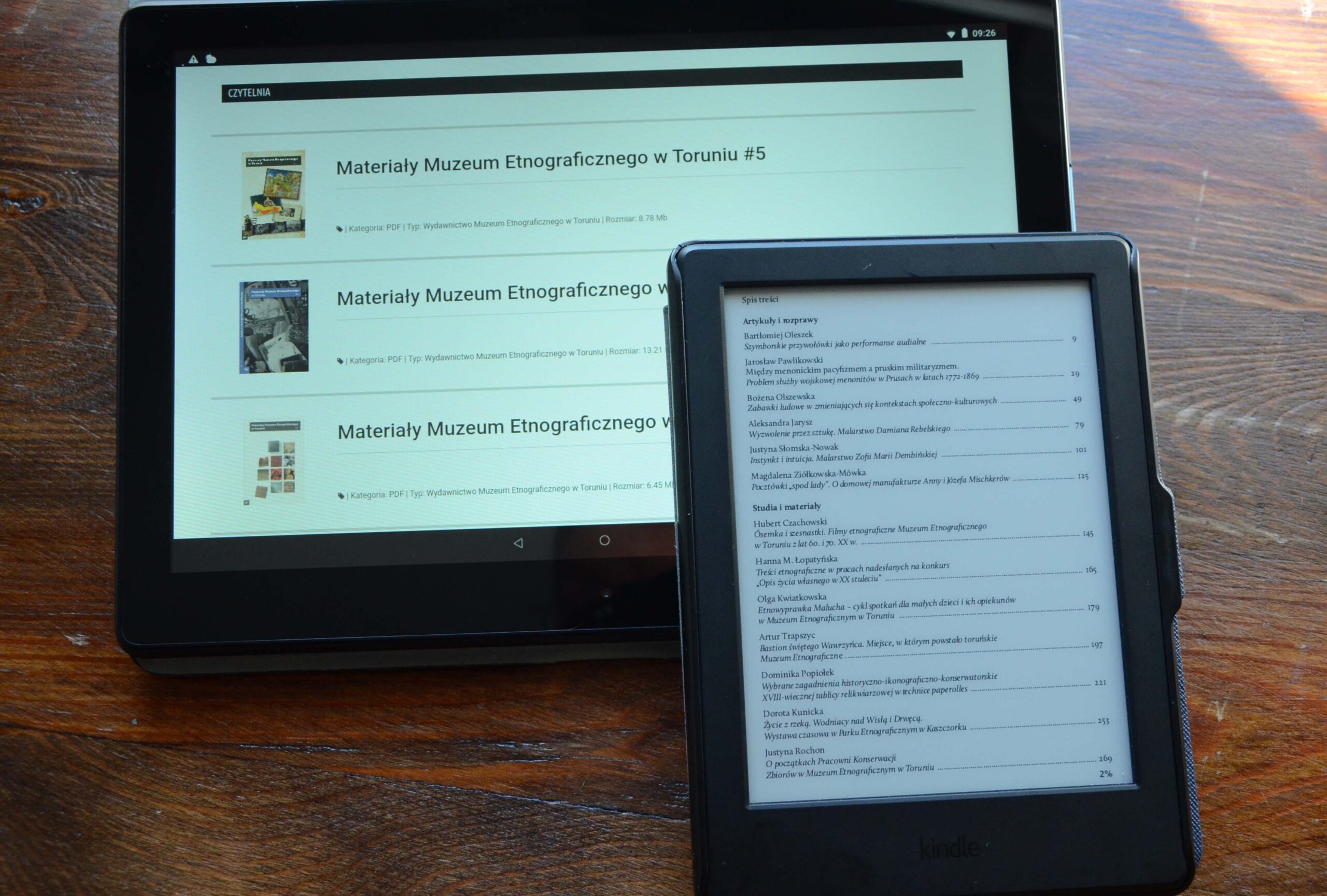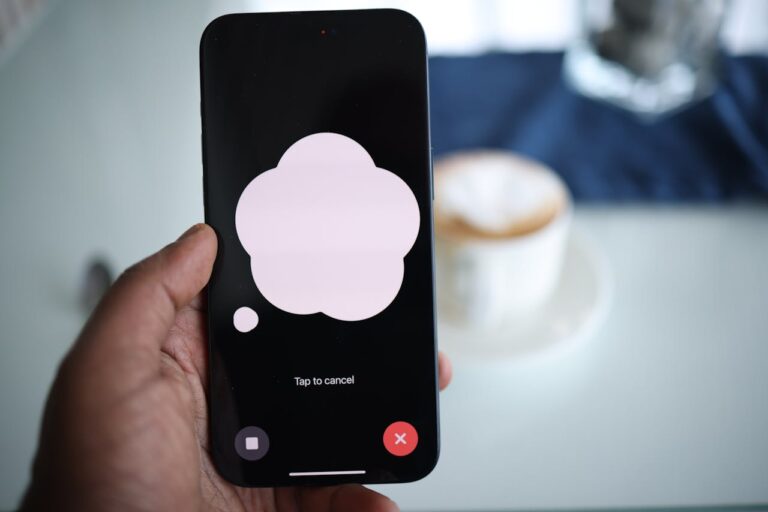Write Us: hello@ali5.org
Kindle Scribe vs iPad Mini . Which One’s Better for Reading & Notes?
Kindle Scribe vs iPad Mini, what’s better for reading and taking notes? Compare battery life, display, writing feel, and value to choose the right one for you.

Picking between the Kindle Scribe and iPad Mini isn’t just a battle of hardware. It comes down to how you read, how often you take notes, and what kind of device fits into your actual routine. Do you want distraction-free reading or a do-it-all tablet? Let’s stop talking about the silly things and talk about the main features of each device, the good and bad things about each one, and which one is best for your reading and note-taking needs.
🧾 Overview: Two Devices, Two Experiences
Kindle Scribe (2024/25 edition)
Has a 10.2-inch e-ink display that doesn’t reflect light, a high-quality pen that feels like real paper, and AI-powered handwriting recognition and summaries. The battery lasts for weeks, and the interface is still simple like Amazon’s Kindle.
iPad Mini (7th Gen, late 2024)
Sporting Apple’s A17 Pro chip, a fast USB-C port, and support for both Apple Pencil Pro and USB‑C Pencil, the Mini is a compact powerhouse for both reading and productivity.
Reading Experience
Kindle Scribe
E‑ink is a winner for eye comfort. No glare, no blue light strain, and you can read outside in bright sunlight easily. Battery lasts up to 12 weeks with light usage.
“It’s great to read on. With my aging eyes, I like that I can make fonts bigger… I love how I don’t have to carry around books.”
iPad Mini
Colorful LCD with sharper visuals and faster page turns. But even with matte screen protectors and grayscale settings, it’s harder on the eyes over long sessions.
“For reading, Kindle, hands down, no contest.… For note taking, iPad Mini, also no contest.”
Verdict:
Kindle Scribe is easier on the eyes and better designed for extended reading. The iPad Mini is fine for casual reading but isn’t ideal for long ebook sessions.
Note‑Taking & Writing
Kindle Scribe
Feels like writing on paper thanks to haptic textures and pen precision. Amazon’s Active Canvas lets you write inside reflowable ebooks with notes anchored to text. Latest AI tools turn your handwriting into editable text and generate summaries.
However, note organization is minimal: no searchable tags, subfolders, or deep integration with external apps. Navigation through long handwritten notebooks is reportedly clunky.
“You cannot search text or tag notes… device feels ‘dumb’ by 2025 standards.”
iPad Mini
Freedom. Apps like Notability or GoodNotes let you mix handwriting, typed text, audio, PDFs, and images. Notes sync via iCloud, can be searched, shared, edited, and exported easily.
“I sold my Kindle Scribe for iPad Mini… note taking is better on iPad.”
Switching between reading and taking notes is seamless too; you can have an ebook open in one window and your note app in another.
Verdict:
For serious, flexible note-taking and organizing, the iPad Mini wins hands down.
Portability & Design
Kindle Scribe
About 433 g, not easy to hold one-handed, especially in bed. It’s larger, more like a mini-A4 sheet. Great at home, less great on commutes.
“The device is quite hefty… heavier than a standard fineliner.… noticeable.”
iPad Mini
Compact, lightweight, and quick to grab out of a bag or jacket pocket. Perfect for note-taking and reading on the go. Apple Pencil support adds precision without bulk.
Verdict:
Mini is clearly better for portability and one-handed use.
Battery Life & Usability
Kindle Scribe
Stuns on battery, days to weeks depending on usage. Reading drains almost nothing, though heavy note-taking shortens runtime. Charging takes around four hours.
iPad Mini
Lasts a day or two with mixed use. Heavy tasks eat more battery, especially with the backlight and apps. Still, charging via USB‑C is fast and convenient.
Verdict:
Kindle Scribe wins in battery and simplicity. Mini offers full app flexibility with more frequent charging.
Ecosystem & Flexibility
Kindle Scribe
You’re mostly within the Kindle/AI notebook ecosystem. Export options are basic: PDF, image, or text. No integration with tools like Notion or OneNote yet.
iPad Mini
iPadOS opens the door to millions of apps, note-taking, research, drawing, task management, and more. Seamless integration with iCloud and other Apple services.
Verdict:
Mini is by far more flexible and future-proof.
User Feedback: Real Voices
“Reading on it is enjoyable… the screen is brighter and more responsive. I can check the web or edit Apple Notes quickly.”
“Scribe writing feel is surprisingly good… but note‑taking organizes poorly.”
“Kindle Scribe is like a digital paper… the handwriting experience is miles better than on an iPad.”
Summary Table
| Use Case | Kindle Scribe | iPad Mini |
|---|---|---|
| Long‑form reading | Excellent—e‑ink, low eye strain | Acceptable—LCD, more strain over time |
| Note-taking | Basic notebooks, AI tools, and limited organization | Full-featured apps, syncing, search, export |
| Portability | Bulkier, heavier | Compact, light, pocketable |
| Battery life | Weeks with minimal charging | A day or two, depending on use |
| App ecosystem | Limited to Kindle and its export formats | Wide app selection, deep integration |
Final Verdict: Which Should You Choose?
-
Choose the Kindle Scribe if your top priority is comfortable, long-form reading and occasional handwriting, with minimal distractions and superb battery life.
-
Go with the iPad Mini if you prioritize versatile note-taking, app freedom, portability, and syncing across devices, even if that means compromising on reading comfort.
Bottom Line
The Kindle Scribe and the iPad Mini are not in competition with each other because they each meet different needs. The Scribe is great for focused reading and taking quick notes. The Mini is great for productivity, flexibility, and integration. Some people even have both: they use the Kindle to read before bed and the Mini to take notes, brainstorm, and have meetings.
No matter which one you choose, make sure it works with your workflow, not just the hype.







